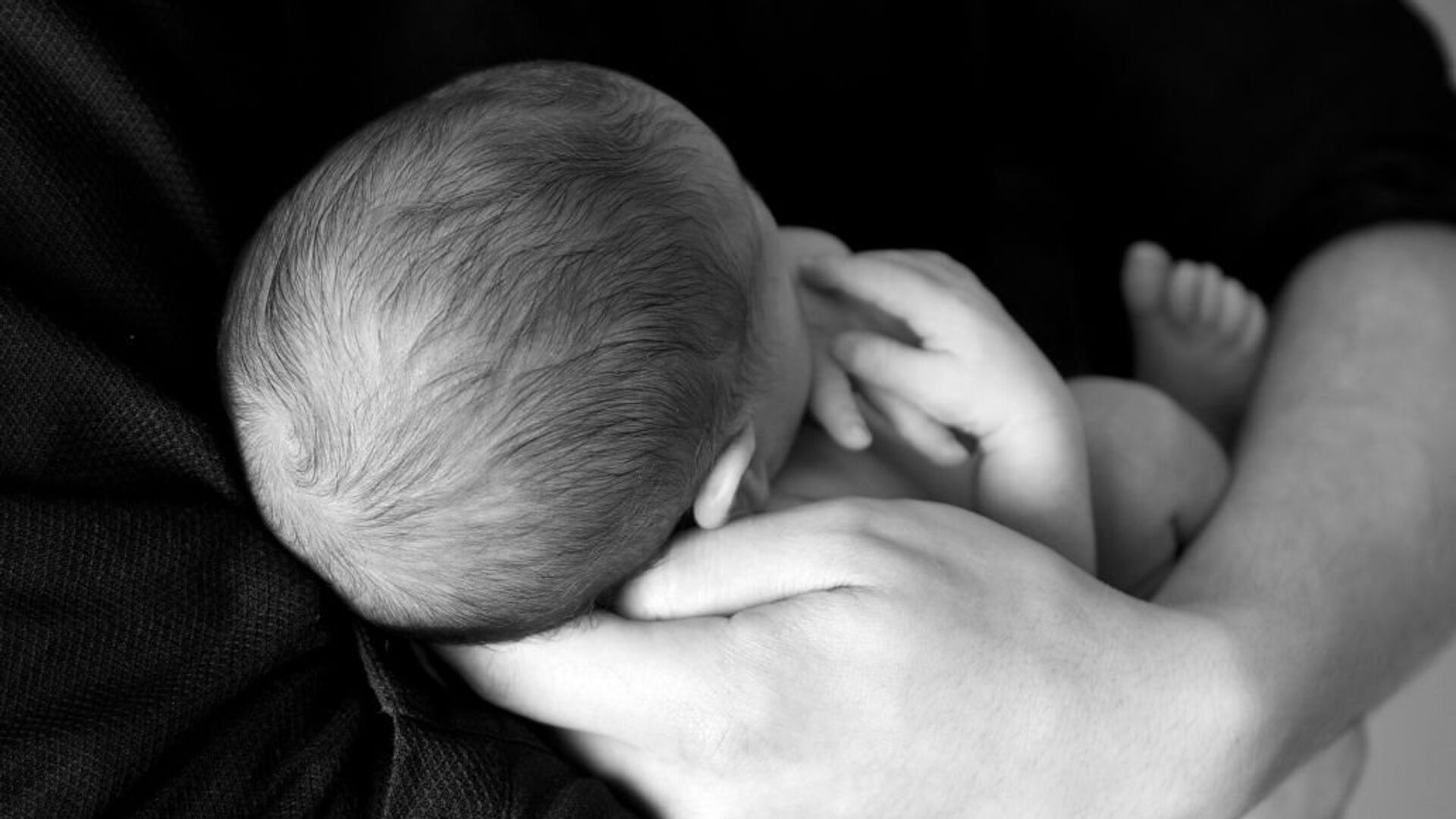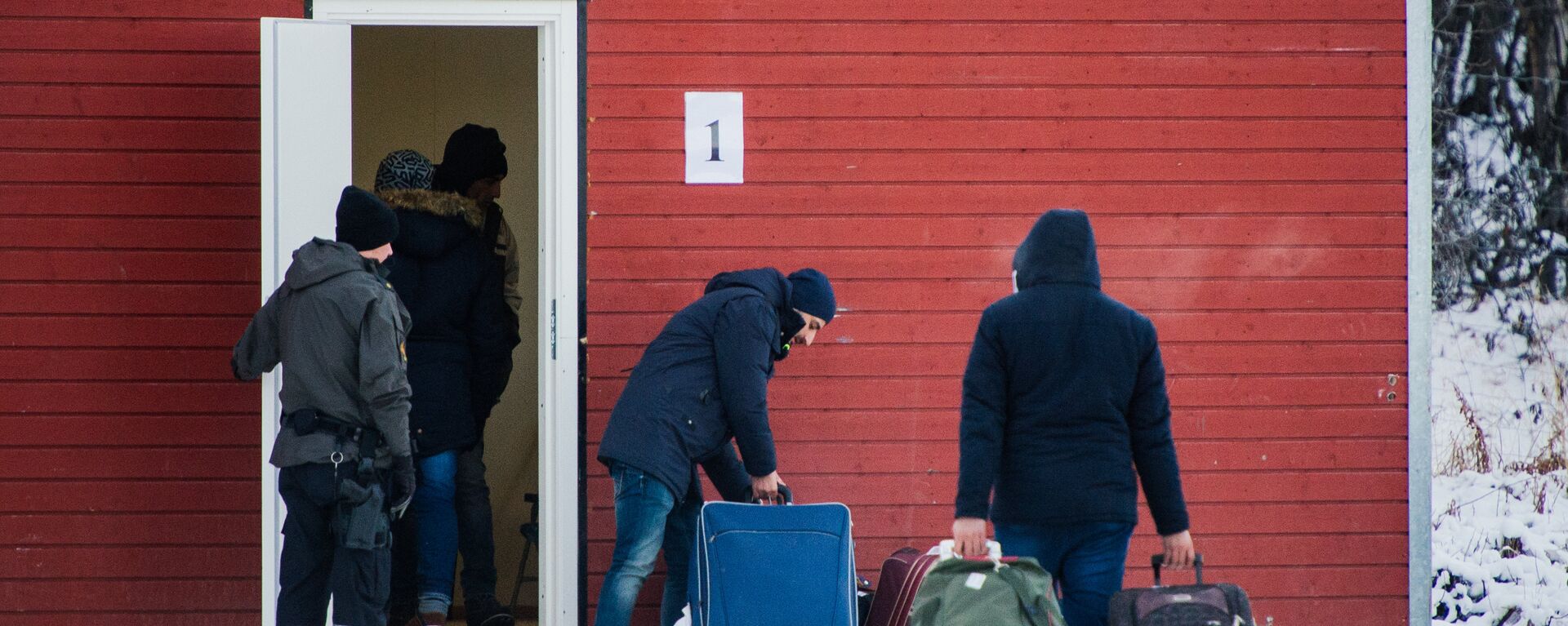In 2020, 53,000 children were born in Norway. That is 1,500 fewer than the year before and 8,800 fewer than in 2009, Statistics Norway reported, emphasising a prolonged decade-long slump.
Fertility in Norway has been on the decline since 2009, breaking anti-records every single year since 2017. At 1.48 children per woman, 2020 saw an all-time low.
“This is the lowest we have ever measured, but it is also part of a trend we have seen for ten years. Fertility has now fallen by half a child per woman since 2009” Ane Margrete Tømmerås of Statistics Norway told national broadcaster NRK.
Rogaland County saw the highest fertility rate in the country, with 1.64 children per woman. By contrast, the capital city of Oslo had the lowest fertility level of 1.38.
The fertility rate for immigrant women, traditionally higher than among ethnic Norwegians, was measured at 1.68 in 2020, also the lowest on record. Without the contribution of immigrant women, Norway's birth rate would have been 1.44. Women of African origin had the highest rate measured, at 2.20.
This is even more striking given the record low number of abortions. A total of 11,081 abortions were registered in 2020. In comparison, the number in 2000 was 14,675.
Statistics Norway warned that last year's baby slump cannot be fully attributed to the coronavirus pandemic. The vast majority of children born last year were conceived well before the corona restrictions were introduced in March 2020.
“Currently we do not see consequences of corona. Most children who have been conceived under the corona will be born in the first half of 2021, so we will see if there is a change or not”, Tømmerås emphasised.
The Norwegian Institute of Public Health (FHI) attributed the decline in abortions to a “clear connection” with the COVID-19 pandemic and infection control rules. The institute claims that these rules, which have limited chances for couples to be together during the pandemic, are an obvious explanation for the decline in the number of abortions.
“We see in our figures that young people establish themselves later now than before. The average age for first-time mothers increases every year, and those who do (give birth) have fewer children than before,” Tømmerås said.
The decline in fertility is not a uniquely Norwegian phenomenon. Norway's Nordic peers have also experienced declines in fertility in recent years, even if the developments have been more variable.
“In Sweden and Denmark, they have fertility figures that are clearly higher than in Norway [1.66 and 1.67 respectively], while Finland is even lower, with a rate of 1.37,” Tømmerås emphasised.
As if 2020, Norway had a population of nearly 5,4 million. Since the late 20th century, Norway has attracted immigrants from southern and eastern Europe, the Middle East, Africa, Asia and beyond – partly to alleviate its demographics woes. Today, the share of immigrants is at 18.2 percent of the population.



